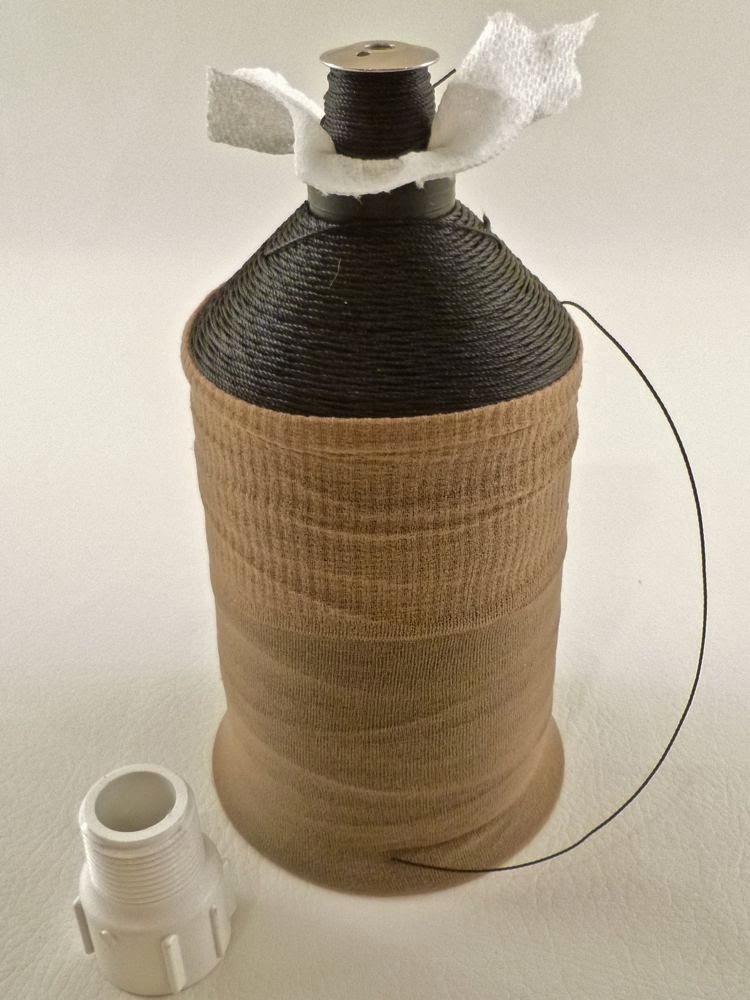I make a lot of belts and it became clear all too soon that my 24" long cutting mat and 48" straight edge were not "cutting" it.
I found a nice 60" straight edge at Home Depot for $11. Johnson Tool.
I also found a place that offers remnants of poly cutting board for fairly cheap.
www.thecuttingboardfactory.com
I purchased two pieces of 8 1/2" x 60" x 1/4" for $11 each. Shipping was $20, so I bought two boards.
Lay the leather on the cutting board and clamp the rule to the workbench. Rather than cutting 24", then moving the cutting mat, cutting the next 24", and so on, cut a straight edge in one motion with a 60mm rotary cutter. Once there is a straight edge on the leather, switch to a strap cutter.
I found a nice 60" straight edge at Home Depot for $11. Johnson Tool.
I also found a place that offers remnants of poly cutting board for fairly cheap.
www.thecuttingboardfactory.com
I purchased two pieces of 8 1/2" x 60" x 1/4" for $11 each. Shipping was $20, so I bought two boards.
Lay the leather on the cutting board and clamp the rule to the workbench. Rather than cutting 24", then moving the cutting mat, cutting the next 24", and so on, cut a straight edge in one motion with a 60mm rotary cutter. Once there is a straight edge on the leather, switch to a strap cutter.









































